Plant trees to offset CO2 | 6 trustworthy organisations & some important tips
There is one thing that is now certain: in order to achieve the climate protection goals, we must not only reduce our CO2 emissions. But also filter existing CO2 out of the atmosphere. To this end, ideas for a wide variety of technical solutions have emerged in recent years. From gigantic solar mirrors in space, to huge CO2 extractors, to the widespread application of weathered rock. The most natural way to compensate for CO2 is actually obvious: plant and preserve trees to naturally offset CO2. For years, there have therefore been a growing number of projects that plant trees on a large scale all over the world.
What sounds right and natural in theory is often not quite so simple in reality. Not every tree planting project is equally sustainable and trustworthy. In this article, we show you what you can look out for in your CO2 compensation by planting trees. And we give you a few recommendations for trustworthy organisations.
WHY ARE NOT ALL TREE PLANTING PROJECTS EQUALLY GOOD?
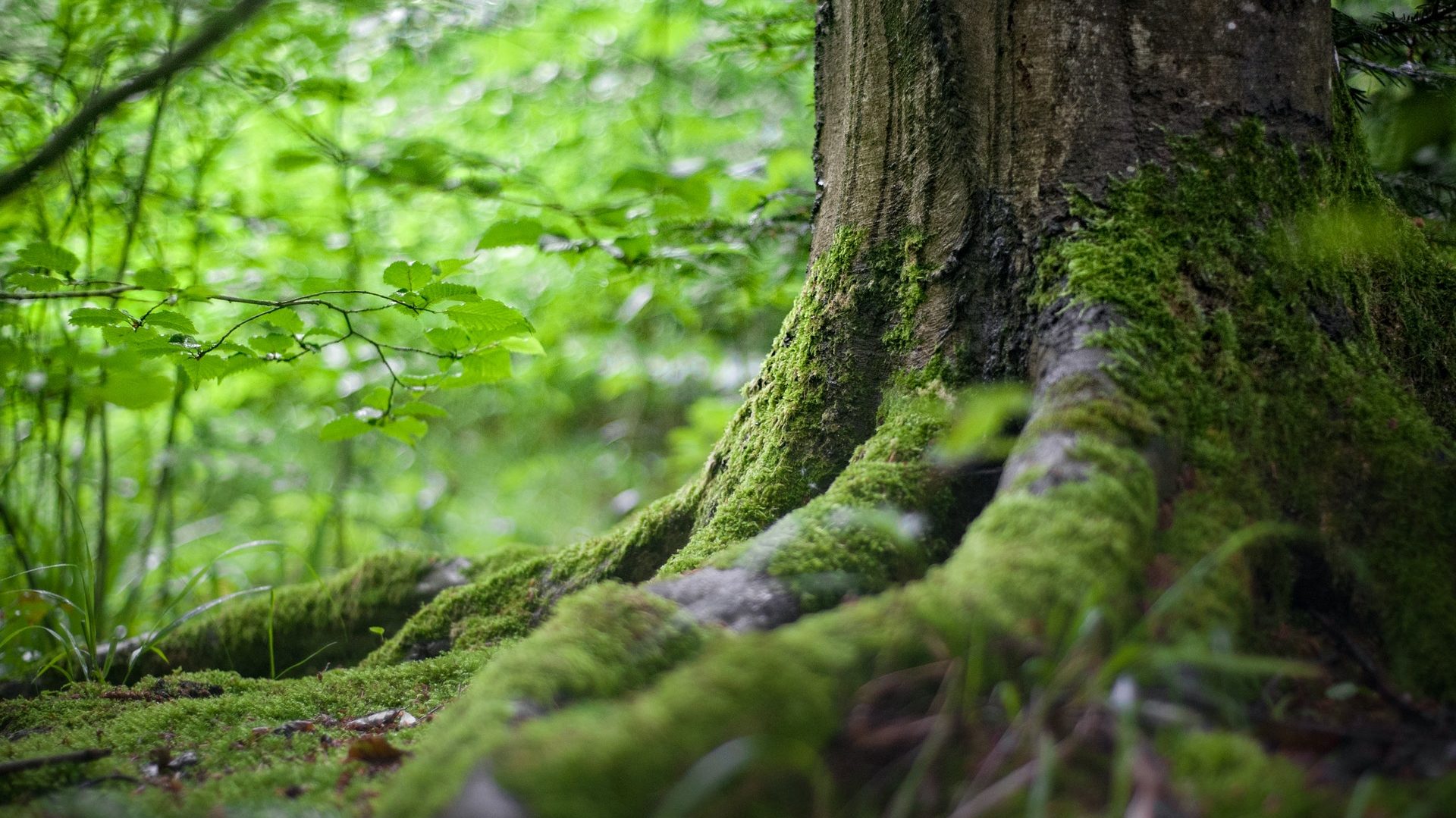
The absorption capacity of CO2 is basically dependent on two factors: the age and the type of trees. This has to do with the fact that they store CO2 in the form of carbon, during photosynthesis, in their wooden bodies. The larger and older the trees are, the more CO2 they have absorbed from the atmosphere.
This means that trees can only absorb a significant amount of CO2 from the atmosphere when they reach a certain age. For example, to absorb one tonne of CO2, a beech tree has to grow for about 80 years. Many tree planting projects promise to plant trees, but do not guarantee the sustainable cultivation of the forest areas or the replanting of dead trees – because this is the only way to sustainably compensate for CO2.
A criticism of projects such as Plant for Planet (which plants forests for Bitburger, L’Oreal, Rewe or Ritter-Sport, among others) that has become more frequent in recent years is the non-transparent record of planted trees, which in some cases also includes dead saplings or areas that cannot be used at all.
Another important aspect that not every tree planting project takes into account is sustainable local development. This is because social standards and the question of whether the trees planted promote the local ecosystem are also central to the meaningfulness of the projects.
HERE’S WHAT YOU SHOULD LOOK OUT FOR IN TREE PLANTING INITIATIVES
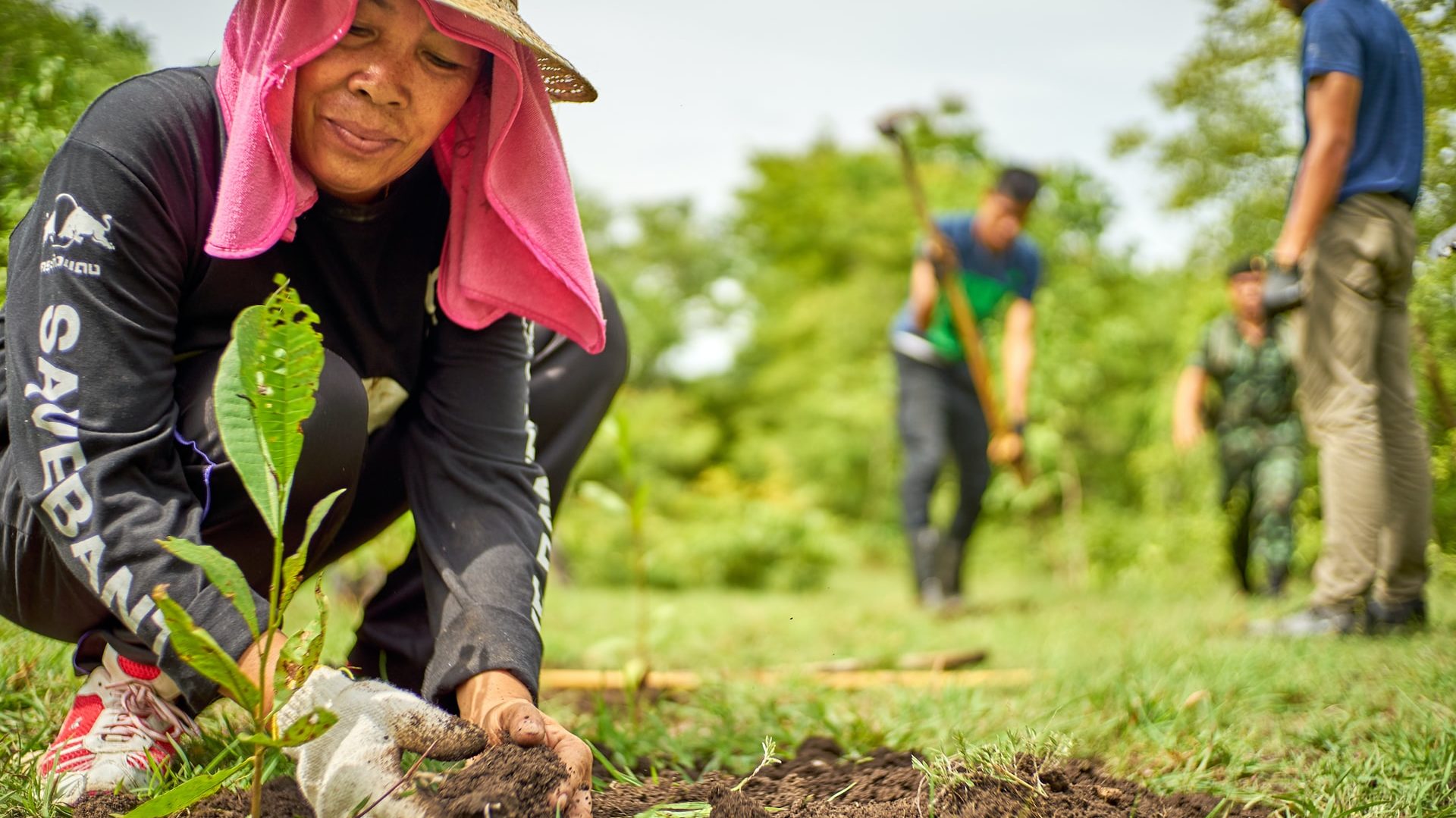
One relevant criterion you should look for when choosing a tree planting initiative is transparency. Ask yourself the following questions:
- Is it concretely comprehensible for you what happens with your money?
- In which region does the organisation plant trees and which tree species are used?
- Is it clear whether and how the tree’s long-term preservation is ensured?
- Do social standards or integration into local ecosystems play a role?
In addition to the information on their websites, some organisations also use seals, such as “The Gold Standard” or “Verra“. Both guarantee social standards as well as the sustainability of planting. If seals are used that you are not familiar with, you should check what the seal stands for.
Many organisations are today not only concerned with planting new trees and preserving them, but have also included the preservation of existing forest areas in their activities. This is definitely an added bonus that you can take into account when making your choice.
THESE PROJECTS YOU CAN SUPPORT WITH A CLEAR CONSCIENCE

The green search engine is a fantastic way to get involved in planting trees at no cost. Ecosia uses revenue from search ads to fund its projects and transparently presents all of its projects on its website.
The non-profit organisation based in Stuttgart is committed to the reforestation of degraded areas in the tropics. In cooperation with small farmers in Indonesia and Uganda, sustainable forests are created from timber and food. These provide local people with a secure income, contribute to the preservation of biodiversity and counteract climate change.
The aim of the association is the protection, preservation and maintenance of forests. To this end, the association has initiated many projects (including planting) in which volunteers (including you) can become active in mountain forests, moors and open-land biotopes throughout Germany.
The international organisation runs tree planting projects from Haiti to Indonesia, actively supporting the local population through fair wages and also including the positive effects on the local flora and fauna.
The association has been working internationally for sustainable reforestation since 1991. Ecological and social standards as well as a high degree of transparency play a decisive role.
The German environmental organisation has been campaigning for the conservation of the rainforest since 1988 and also includes the protection of the indigenous population and their habitats.
Additional information and other recommended tree planting projects can be found at Utopia.
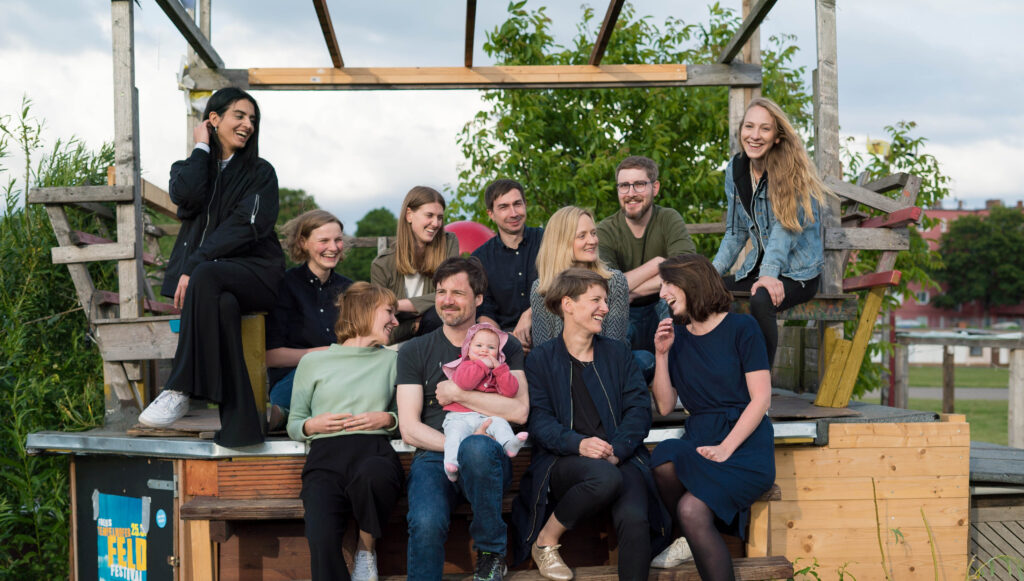
Your vostel.de team wishes you great joy planting trees & offsetting CO2!


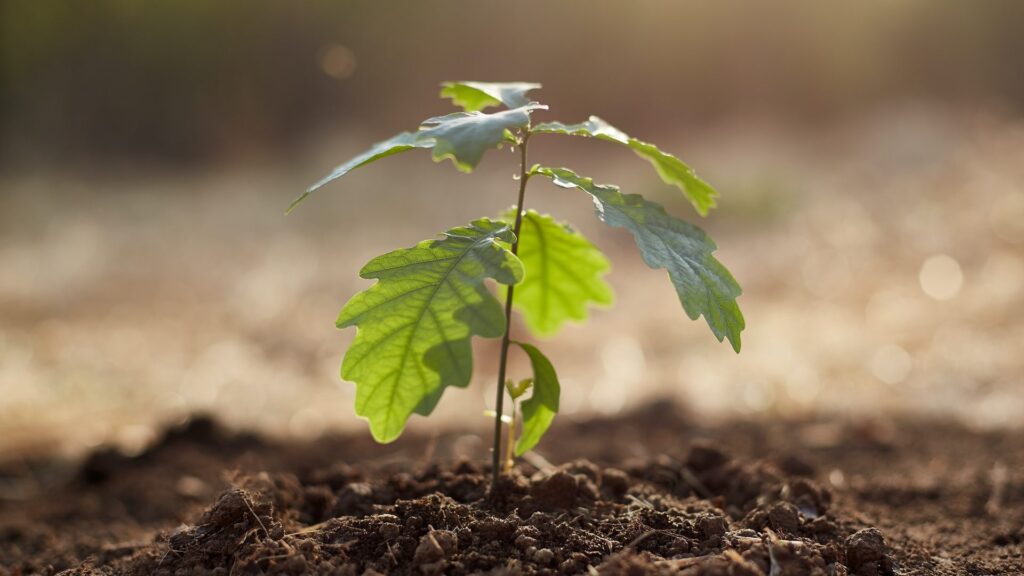
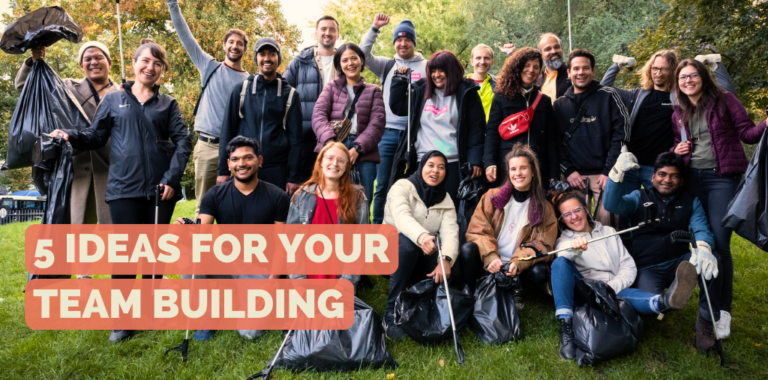
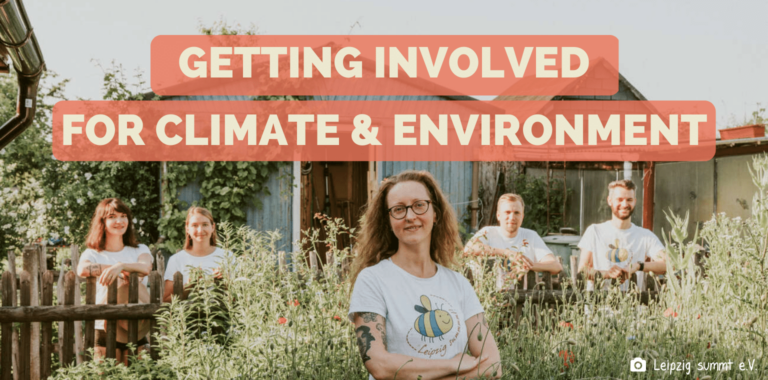

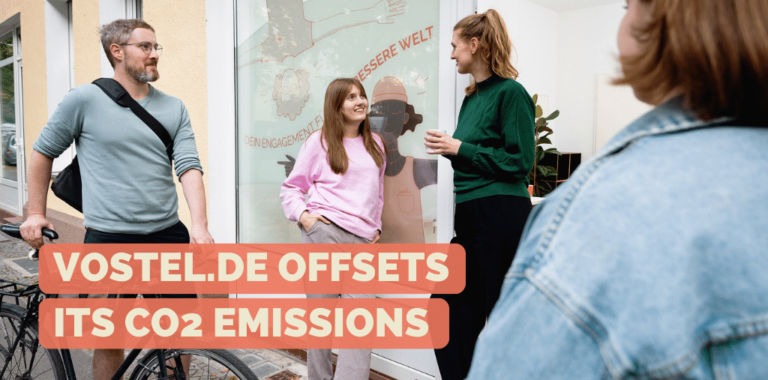

No Comments yet!